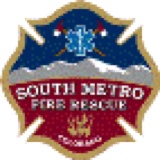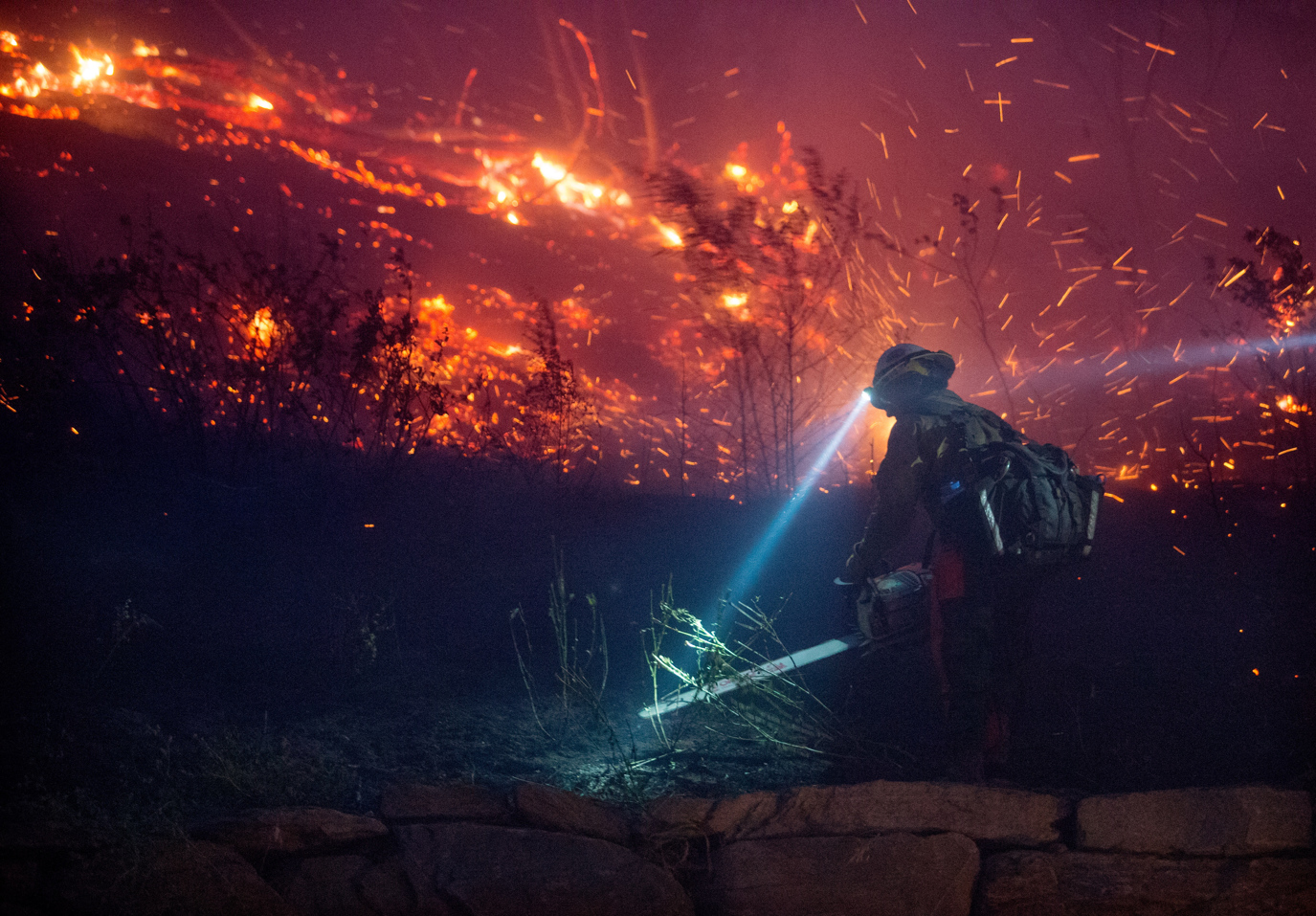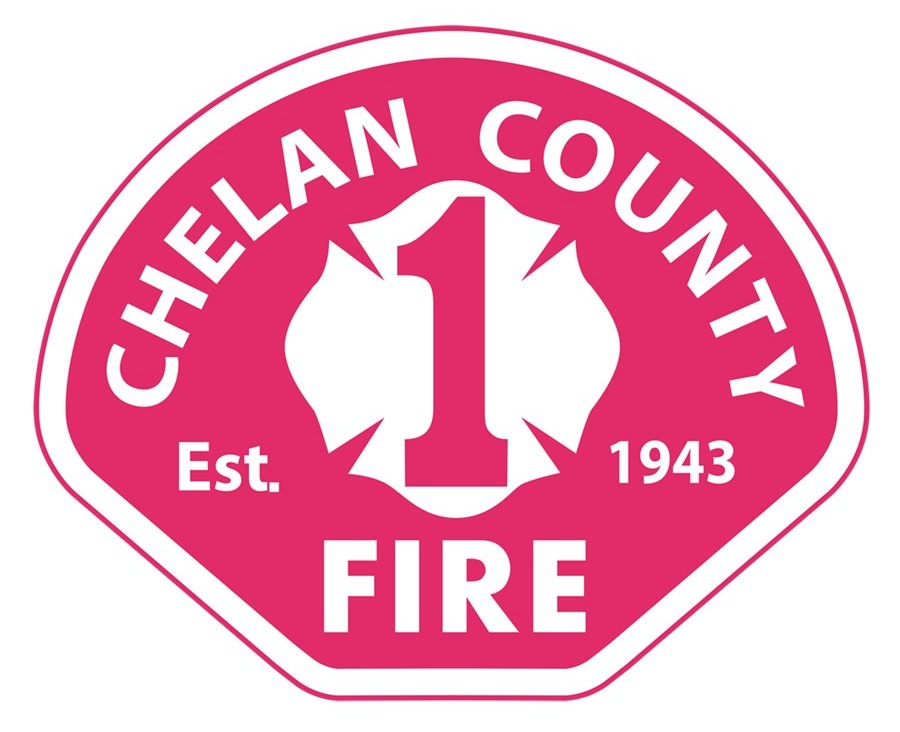Information
-
Evaluation number
-
Audit Tile
-
Home owner
-
Home address / location
-
Prepared by
-
Conducted on
-
Photo of home
-
Simple drawing of home or location
Home identification
-
Home identification
Driveway characteristics
-
Driveway dimensions<br>
-
Is private drive gated?
-
Gate specifics
-
Driveway length
Street signage
-
Street signage: noncombustible, reflective signage, 4" lettering<br> Combustible, not reflective or not present.
Means of access
-
Ingress & Egress
-
Road width
-
All-season road conditions
Type of ground cover
-
Type of ground cover with in 30' of structure
- sand, gravel, etc.
- grasses up to 6" tall
- grasses 6"-12" tall
- grasses greater than 12" tall
- shrubs with leaves
- shrubs with needles
Surrounding trees (how many and what type) Select the ONE section that best describes the tree community
-
Hardwoods (trees with leaves)
-
Conifers (trees with needles)
-
Hardwood and conifers
Landscaping
-
Are plants clear of the structure
-
Mulch
-
Overhanging limbs
-
Ladder fuels(low lying branches and tall shrubbery
Perimeter
-
Firewood
-
Propane/Gas tanks (excluding grill tanks)
-
Electrical supply
Topography
-
Topography within 300' of structure
Additional environmental context
-
Additional context
Building construction
-
Roofing
-
Siding
-
Deck
-
Attic vents
-
Gutters and eaves
-
Fences
-
Structure set back relative to slope
Local fire protection
-
Water source
- pressurized hydrants <1000' of structure
- pressurized hydrants >1000'
- cistern/dry (maintained) <1000'
- cistern/dry (maintained) >1000'
- ponds, creeks, all season drafting
- no water
-
Organized response resources
-
Fixed fire protection
-
Hazard assessment
Low hazard - 0-72
Moderate Hazard - 73-102
High Hazard - 103-163
Extreme Hazard - 164-247
What does the Wildfire Hazard Rating Mean?
Low Hazard:Your home has a STRONG chance of surviving a low to moderate intensity wildfire without the influence of firefighters, which ultimately enables those firefighters more time to evacuate residents with special needs and fight the fire directly.
Moderate Hazard:Your home has a FAIR chance of surviving a low to moderate intensity wildfire on its own or with the influence of firefighters. Minor improvements will increase your home’s resistance to wildfire.
High Hazard:Your home is VULNERABLE to igniting during a low to moderate intensity wildfire. Firefighters may not be able to commit resources to save your home because of its vulnerabilities.
Extreme Hazard:Not only is your home VULNERABLE to ignition during a low to moderate intensity wildfire, its condition make it UNSAFE for firefighters to attempt to defend it. Remember that even small modifications can make the difference between losing or saving your home.
Most structures DON'T ignite from direct flame contact. Most structures ignite from radiant heat (heat that doesn't warm the intervening air but does warm objects) and embers (airborne cinders, sparks, burning pine cones, etc.).
Radiant heat will quickly warm a fuel such as fencing, decks, siding or the roof to a temperature in which it automatically ignites. Flames from the actual wildfire may be several dozen or hundreds of feet away, but the house is now burning. Radiant heat also passes through windows and may ignite materials inside a home, bypassing the exterior walls altogether.
Embers (also known as fire brands) also ignite structure fires. As fires burn, they suck in oxygen and push heated air upward. That column of rising air contains embers and tosses them in all directions, often several miles away from the main fire. If an ember lands on a combustible surface such as pine needles in a gutter, dry grass or wood shake shingles, then it could ignite a spot fire away from the main fire capable of growing into a new wildfire or burning a structure.
For information on making your home more resistant to wildfires, contact a Life Safety Educator from South Metro Fire Rescue (720-989-2271, LifeSafetyEducator@southmetro.org or www.southmetro.org).








